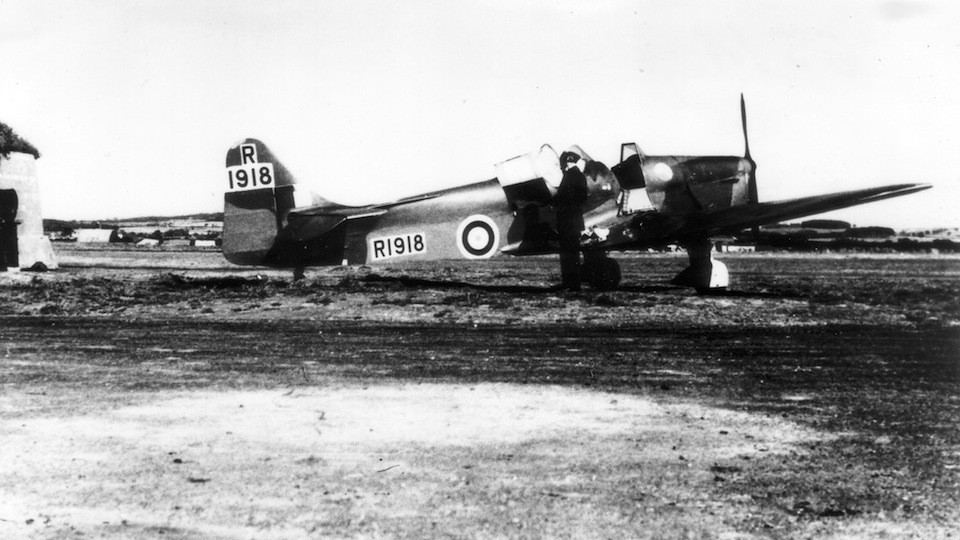Originally based on specification 40/36 as practice machine for elementary training of RAF pilots. It was first training down-winder. First serial machines were delivered to training centres in July, 1937. The original type M 14 was early after followed by definitive Miles M. 14A Magister, even with higher rudder and larger tank in rear part of the fuselage. M. 14B version was different, using another engine Blackburn Cirrus Major II with 135 HP. Only five pieces were built. In July 1940, 16 Miles Magister aircrafts were adjusted to carry eight 113 kg bombs. RAF headquarters wanted to use them as emergency bombarders that should have been applied in case of German invasion to British islands.
Many pilots from Czechoslovakia have been using the practice version for their ongoing training in the UK. 10 pieces in total were assigned to three Czechoslovakian fighter squadron for practice flying, to train instrument flying and as communication aircraft.
TECHNICAL DATA
Engine: de Havilland Gipsy Major I
Power: 97 kW (130 k)
Wingspan: 10,30 m
Length: 7,50 m
Empty weight: 570 kg
Take-off weight: 845 kg
Cruising speed: 200 km/h
Maximum speed: 229 km/h
Service ceiling: 5490 m
Range: 612 km
